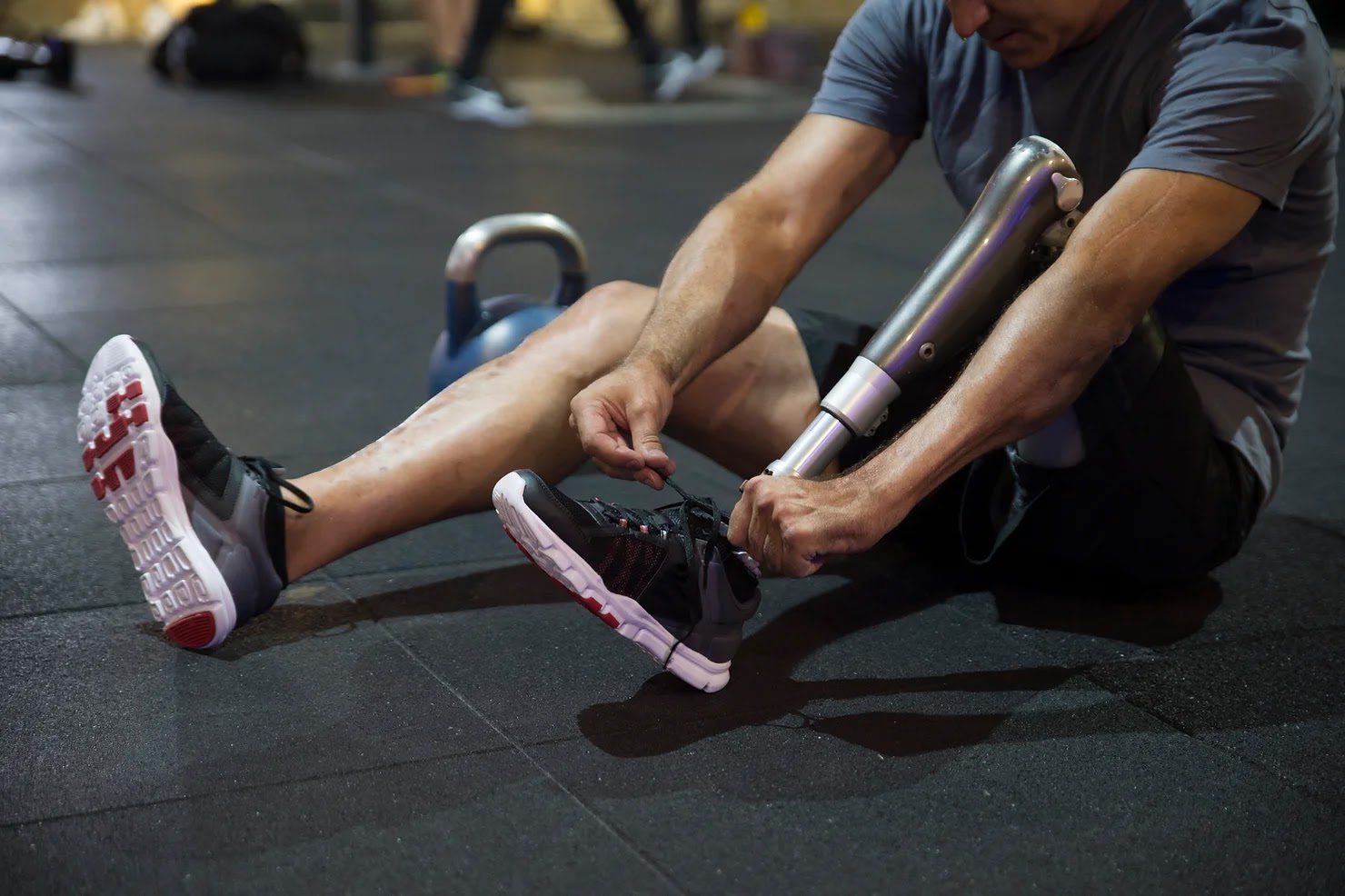Technological advances for athletes with disabilities have changed sports as we know them. Those who lacked limbs were able to function like able-bodied people, deaf people could listen, and the paralyzed could move. With these advancements for people with disabilities, athletes with the same diagnoses have the chance to compete like their competitors without disabilities. Now, the Paralympics categorizes athletes with disabilities into six classes, amputee, cerebral palsy, intellectual disability, wheelchair, vision impairment, and more. Advances help athletes in these categories perform better and increase overall confidence. However, this puts athletes in wealthier countries at an advantage and questions if these improvements allow these athletes to contest in able-bodied competitions.
The central concern is if these adaptive technologies should be allowed in sports. I believe they should be permitted, as they contribute to increasing participation, confidence, and livelihood for athletes with disabilities. In the article Technology in Parasport, much of the equipment used is multifaceted. With disabilities varying from athlete to athlete, advances must be specialized for the athlete. An example mentioned in the article includes powered wheelchairs utilized in numerous sports. This advancement gives athletes a chance to participate in activities they could not do before. Brendan Downes, in his blog The Importance of Adaptive Sports for People with a Disability encourages adaptive technology in sports and goes on to mention how it has increased his overall livelihood and confidence. Believing in oneself makes all the more difference when performing sports regardless of capability.
As these refinements reach global platforms, athletes in disadvantaged countries are negatively affected. Because athletes from wealthier countries can afford these technologies, it pushes the notion that funds will put one in a better position. Ethically, adaptive technologies are unfair because of the price it imposes. The Paralympics are meant to be inclusive, promoting athletes with disabilities to participate in fair global activities, however, as mentioned in The Conversation, the degree to which athletes participated and their performance were significantly influenced by economic factors. Popular adaptive technologies seen on screen, including the ones pictured here come with a hefty price. Lasse Madsen, a Paralympic Track athlete, is an amputee with a running blade promoting his line of blades for around $2,000. This price is on the lower end of the spectrum as some run upwards of $70,000, including additional expenses for the fitting and physical therapy procedures. Moreover, insurance typically does not cover these costs furthering expenditures for athletes with disabilities. These costs and financial situations may shy athletes in disadvantaged countries from participating in global sporting events. Although these advances showcase these athletes as more capable, it equates better performance with better financial circumstances.
All in all, adaptive technology is pioneering the way for athletes varying in disability to participate in competitions, increasing performance, confidence, and health. Although this technology is not meant to discriminate against anyone, athletes with these adaptations outmatch those who cannot afford these costly aids. Athletes from poorer countries are disadvantaged, resulting in a question of ethics. However, athletes with this technology should continue to compete in a separate section from able-bodied athletes. At the end of the day, these athletes are still competing against individuals in the same situation as themselves making it fair for all participants.
More Articles on Adaptive Technology and Athletes with Disabilities:
https://vista2021.com/technology-in-parasport/
https://livingwithamplitude.com/amputee-running-blade-levitate-affordable-lasse-madsen/#:~:text=The%20Danish%20company%20specializes%20in,from%20Levitate%20for%20just%20%242%2C000.
https://globalsportmatters.com/research/2022/09/21/what-adaptive-athletes-think-future-sports/
https://moveunitedsport.org/sports/adaptive-equipment/



Comments
Post a Comment